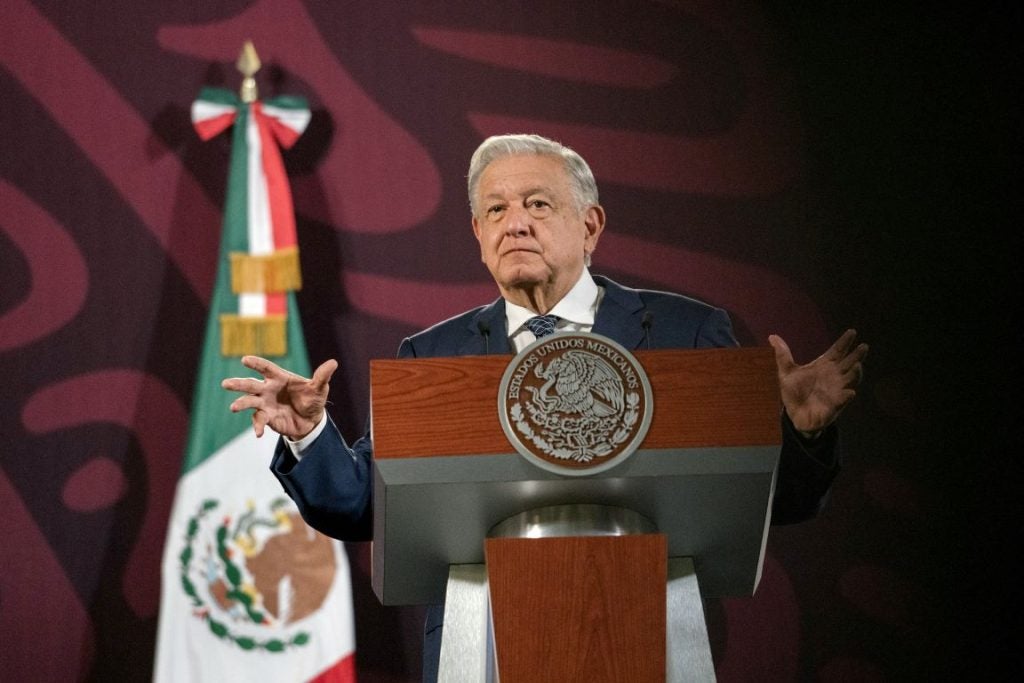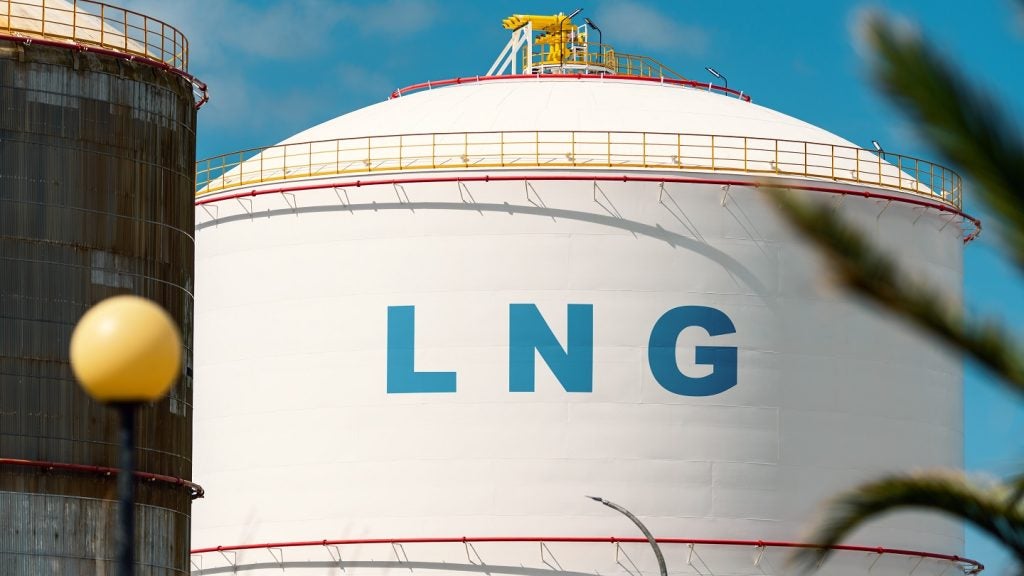
Google and the environmental group Environmental Defense Fund (EDF) announced they have partnered on a satellite project to monitor and expose sources of climate-warming methane emissions from oil and gas operations.
The MethaneSAT project, due to launch in just a few weeks, is one of several satellite projects expected to be deployed over the year that will monitor global methane emissions from space.
How well do you really know your competitors?
Access the most comprehensive Company Profiles on the market, powered by GlobalData. Save hours of research. Gain competitive edge.

Thank you!
Your download email will arrive shortly
Not ready to buy yet? Download a free sample
We are confident about the unique quality of our Company Profiles. However, we want you to make the most beneficial decision for your business, so we offer a free sample that you can download by submitting the below form
By GlobalDataIt is hoped that detailed satellite monitoring will help pinpoint major sources of the GHG, which is invisible but many times more potent at trapping heat in the Earth’s atmosphere than CO₂. According to the International Energy Agency (IEA), methane is responsible for approximately 30% of the total rise in global temperatures since the Industrial Revolution.
EDF’s MethaneSAT satellite will map, measure and track methane with “unprecedented precision”, Google said in a blogpost published on Wednesday. The satellite will orbit the Earth 15 times a day at an altitude of more than 350 miles, measuring methane levels in the top oil and gas regions in the world for regular analysis.
To analyse the data that will be produced on methane emissions, EDF has developed algorithms, which will be powered by Google Cloud in collaboration with scientists at Harvard University’s School of Engineering and Applied Science and its Centre for Astrophysics as well as scientists at the Smithsonian Astrophysical Observatory.
Once a data stream is set up later this year, visual analysis of methane emissions will also be available for access through Google Earth Engine for companies and governments to use, MethaneSAT said.
Google also said it will create a map of existing oil and gas infrastructure around the world, using artificial intelligence (AI) to identify key components of operations. MethaneSAT’s data on emissions will then be overlayed with the Google map to assist in understanding which types of oil and gas equipment tend to leak most.
According to the IEA’s last Global Methane Tracker report, the energy industry was responsible for 135 million tonnes of methane released into the atmosphere in 2022, or around 40% of total methane emissions, second only to the agriculture sector. The report also found that methane emissions from oil and gas alone could be reduced by 75% through existing technologies, highlighting a “lack of industry action on an issue that is often very cheap to address”.
“We think this information is incredibly valuable for energy companies, researchers and the public sector to anticipate and mitigate methane emissions in components that are generally most susceptible,” Yael Maguire, vice-president of geo sustainability at Google, said on a call with reporters.
The news comes as major economies look to limit methane emissions in line with national and international net-zero targets. In November, the EU reached an agreement on the terms of the bloc’s first-ever methane emissions law, which will have gas, oil and coal industries properly measure, report and verify their methane emissions and take action to reduce them. Other countries including the US have also recently passed legislation that aims to limit emissions of the gas.









